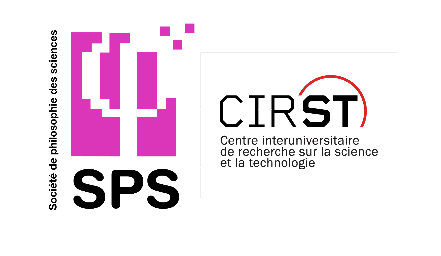Medical images: truthful records or moral constructs?
1 : Universidade de Lisboa, Center for Philosophy of Sciences
2 : Università degli Studi di Milano, Philosophy Department
Images are powerful rhetorical tools, and this is probably one reason why scientific images in general, and medical images in particular are often used as arguments by the defenders of a socio-moral account of science and epistemology. Lorraine Daston and Peter Galison, for example, claim that the proliferation of mechanically produced images that occurred between the 19th and 20th centuries was symptom and consequence of the moralization of objectivity, considered a quasi religious struggle against the subjectivity of the observer. Mechanical images, regarded as invulnerable to the “temptation” of interpretation, worked as “protective charms” or “talismans” against such human impulse. An impulse that generated “anxiety” and that needed to be “policed”. In a similar language Lisa Cartwright describes 19th-century medical imaging technologies as “optical techniques for social regulation”. In my paper I will maintain that although these accounts help clarifying issues about the rhetoric of the neutrality of scientific images, they say nothing about the real epistemological problems of mechanically produced images. I will therefore defend that, although the epistemic status of images is very problematic, it is first and foremost their cognitive value that gives sense to their use in medicine. To this aim I will try to show that medical images are neither transparent records of the inner body nor moral constructs, but rather complex visual reconfigurations of real biological signals, which acquire sense in a specific context (medical research and practice) where conventions for image production, interpretation and use are highly standardized.


